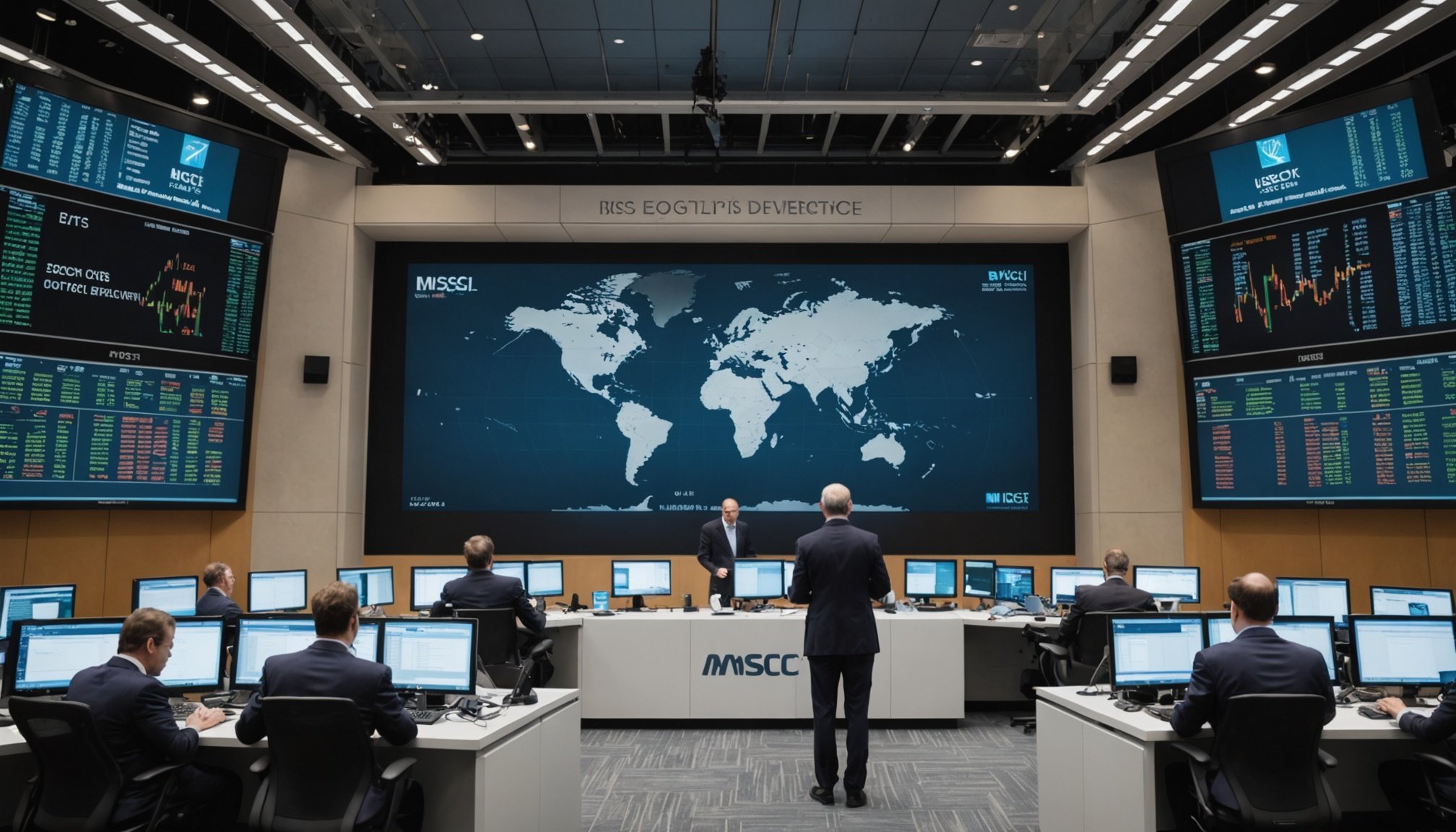The MSCI World Index captures the performance of large and mid-cap stocks across 23 developed countries, offering a broad snapshot of global equity markets. Its diversified coverage makes it a valuable tool for investors seeking exposure beyond their home markets, helping to balance risk and opportunity in international portfolios. Understanding its structure and use can enhance informed investment decisions worldwide.
Understanding the MSCI World Index: A Key Global Equity Benchmark
get a detailed overview of the MSCI World
Avez-vous vu cela : Mastering Property Depreciation: Proven Strategies for Successful UK Real Estate Investment Management
The MSCI World Index serves as a principal global equity index, reflecting the performance of large and mid-cap stocks across 23 developed countries. It offers investors a comprehensive measure of developed market equities, accounting for approximately 85% of the free float-adjusted market capitalization in each country. Its diverse composition includes companies from sectors such as technology, healthcare, financials, and consumer goods, weighted by market size.
This index acts as an essential investment benchmark for global stocks. It provides broad geographic coverage and brings stability through diversified holdings. Banks, fund managers, and individual investors rely on it to gauge market trends and craft passive, low-cost investment strategies, like ETFs tracking MSCI benchmarks.
Lire également : Discover the Cutting-Edge Smart Home Innovations Transforming UK Property Management
You can view more details on this page: get a detailed overview of the MSCI World.
Composition and Methodology of the MSCI World Index
Sector and Geographic Breakdown
The global equity index known as the MSCI World Index contains over 1,500 global large-cap stocks representing 23 developed markets. This investment benchmark for global stocks ensures a diversified global portfolio by spreading exposure across regions like North America, Europe, and Asia-Pacific. Major global market sectors—technology, healthcare, and financials—feature heavily, allowing multinational companies in global index membership to provide stability and broad international stock market coverage. The geographic diversification benefits investors through risk reduction and access to growth opportunities present in key economies.
Construction and Rebalancing Approach
The index employs a global market capitalization weighting using a free-float methodology. Only shares available for trading count when calculating weights, ensuring fair representation of global large-cap stocks within the diversified global portfolio. An index rebalancing and review process occurs semi-annually, with a detailed re-examination of sector allocation in broad equity indices and international stock market coverage. This periodic rebalancing ensures alignment with market shifts, sector rotation within global indices, and evolving global economic factors affecting equity indices.
ESG Metrics and Sustainability Considerations
Sustainability and ESG scoring in global indices form a key part of MSCI’s approach. Each constituent multinational company in global index membership is reviewed for policy risk, carbon footprint in index investing, and alignment with international labor standards. ESG integration trends in global indices are monitored, using updated metrics on climate risk and governance. These factors support responsible investing and long-term index stability.
Investment Use and Performance of the MSCI World Index
Tracking ETFs and Cost Efficiency
Exchange-traded funds tracking global indices, such as those modeled after the MSCI World Index, use passive global investment strategies to mirror the movements of large and mid-cap multinational companies in global index benchmarks. These funds provide accessibility of global ETFs for retail investors, with increasingly low-cost index fund investing due to institutional-scale efficiencies. ETF liquidity and bid-ask spreads for these products are generally favorable, allowing for straightforward trading. Tracking error in passively managed funds can arise but remains minimal among top ETF providers.
Historical Performance and Market Trends
The historical performance of global stock indices shows that a diversified global portfolio, using the MSCI World Index as an investment benchmark for global stocks, tends to achieve steady long-term returns, especially relative to single-market indices. Global index price trends and index performance charts highlight resilience through economic cycles. Global market capitalization weighting means changes in the largest global large-cap stocks or shifts in global market sectors—like the technology sector in global benchmarks—can drive both short-term volatility and long-term growth in international stock market coverage.
Risk Factors and Diversification Benefits
While risks such as currency exposure in international funds, market drawdowns, or sector rotation within global indices exist, the geographic diversification benefits of a multi-country index are clear. Portfolio diversification with global funds ensures reduced volatility by diminishing reliance on any single region or sector. The advantages of broad market indices become particularly apparent during market corrections or economic shocks, supporting stable, long-term wealth building.
Comparing the MSCI World Index with Other Global Indices
When analyzing the MSCI World Index alongside other major global equity indices, the main distinction lies in international stock market coverage and the types of countries included. The MSCI World Index focuses strictly on developed markets, tracking over 1,500 large-cap and mid-cap stocks, and offers a broad global equity index benchmark for investors seeking stability.
By contrast, the MSCI ACWI (All Country World Index) adds emerging markets, expanding the range of global large-cap stocks and increasing geographic diversification benefits. Including multinational companies in global index composition helps mitigate country-specific risks, but also introduces volatility from less mature markets.
Index Overlap and Sector Allocation
Overlap is noticeable, with many of the largest multinational companies in global index baskets appearing in both indices. However, sector allocation in broad equity indices is more diversified in the ACWI. The technology sector in global benchmarks is a substantial driver of returns, with sector weightings comparison being a crucial exercise for diversified global portfolio construction.
Benefits of Diversification with Different Benchmarks
Allocating assets across several international stock market coverage indices enhances diversification. Investors realize advantages of broad market indices and bolster their portfolio diversification with global funds.
Influence of Market Capitalization and Sector Weightings
Market capitalization thresholds for index inclusion differ, influencing sector allocation and impacting the risk-return profile. Understanding index construction methodology is key for evaluating global equity index investment benchmark for global stocks.











